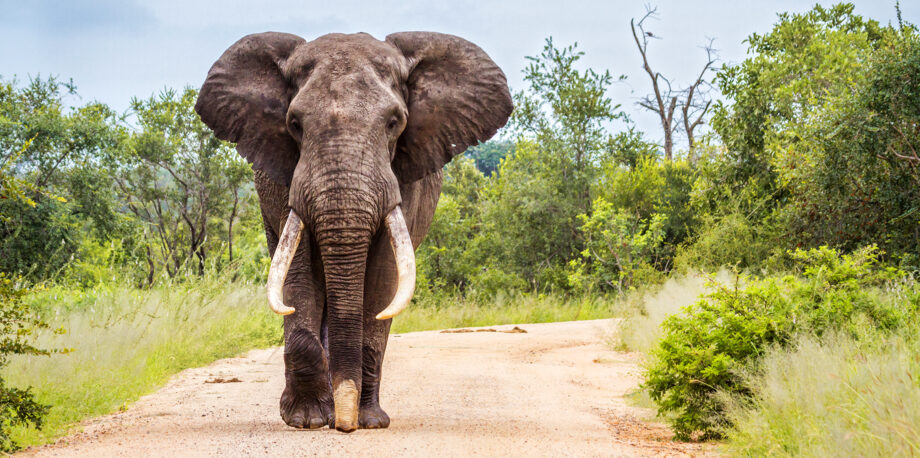May 22, 2019 — Biodiversity, the variety and number of living things, may drive conservation conversations. But it’s far from the only way to look at life on Earth.
Enter biomass: not the energy source, but the total amount of matter bound up in plants, animals, bacteria and other organisms. A worldwide “census” of biomass, published in the Proceedings of the National Academy of Sciences, estimates how living groups compare — and highlights how much we still don’t know about the biosphere.
The study’s numbers are the basis for two new infographics from Our World in Data.
The census researchers considered the weight of carbon molecules in organisms, one way to measure biomass. After reviewing hundreds of prior studies, they found a lot of uncertainty for some groups and even entire environments. But they came up with a best estimate: Biomass across all forms of life sums up to about 550 billion metric tons (610 billion tons) of carbon. (The authors have since suggested the number may be closer to 500 billion metric tons, or 550 billion tons, still a massive figure.)
If the published estimate is accurate, it would put the total dry weight of organisms on our planet at roughly double that — a mass equivalent to more than 80 billion school buses.
About 80% of Earth’s biomass is in plants, which mostly live on land. The scientists estimate that the next largest group is bacteria, coming in at around 15% of the planet’s biomass.
Fungi and archaea, a group of single-celled organisms that may be more closely related to plants and animals than to bacteria, come in third and fourth place, respectively. Trailing fungi and archaea? The rest of the tree of life, including all animals.
Animal life amounts to just about two gigatons of biomass, mostly arthropods (like crustaceans and insects) and fish. Humans account for around 3% of that animal carbon, which is still larger than that of wild mammals (a paltry 7 million metric tons, or 8 million tons).
Biomass tells a different story than measurements of biodiversity. Take Antarctic krill (Euphausia superba), for example: Per the researchers’ estimates, that one species accounts for more biomass than literally all 9,000 to 18,000 bird species combined.
Similarly, the total weight of domesticated poultry, which are mostly chickens, is about three times the total of wild birds.
These estimates do carry uncertainty. The researchers are fairly confident in their estimate for the biomass of plants, which draws on multiple sources, including remote sensing and international surveys. But with groups like protists, land-based arthropods and amphibians, limited data make conclusions quite uncertain.
The authors note that while the world has paid close attention to how humans are altering biodiversity, we know much less about how we’re impacting the planet’s biomass, which they say complements biodiversity as a measure of the well-being of the biological component of our planet.
“Biodiversity, which is very important, does not capture the absolute abundance of organisms,” write Ron Milo and Yinon Bar-On, biologists at the Weizmann Institute of Science who worked on the study, in an email to Ensia. They give the example of wildebeest in East Africa’s Serengeti ecosystem, which are important because they contribute to the diversity of species — but also due to the sheer number of wildebeest. Massive population losses among these antelopes would harm the ecosystem, even if the number of species stayed the same.
Despite the uncertainty, the census gives us a different perspective on the living groups that make up the biosphere. Future research can further clarify the state of life on Earth, and hopefully inform action to save it.
Ensia shares solutions-focused stories free of charge through our online magazine and partner media. That means audiences around the world have ready access to stories that can — and do — help them shape a better future. If you value our work, please show your support today.
Yes, I'll support Ensia!



Given how small a fraction humans are of the whole biosphere it gives further truth to the saying that we need the Earth for our survival but the planet does not need us...